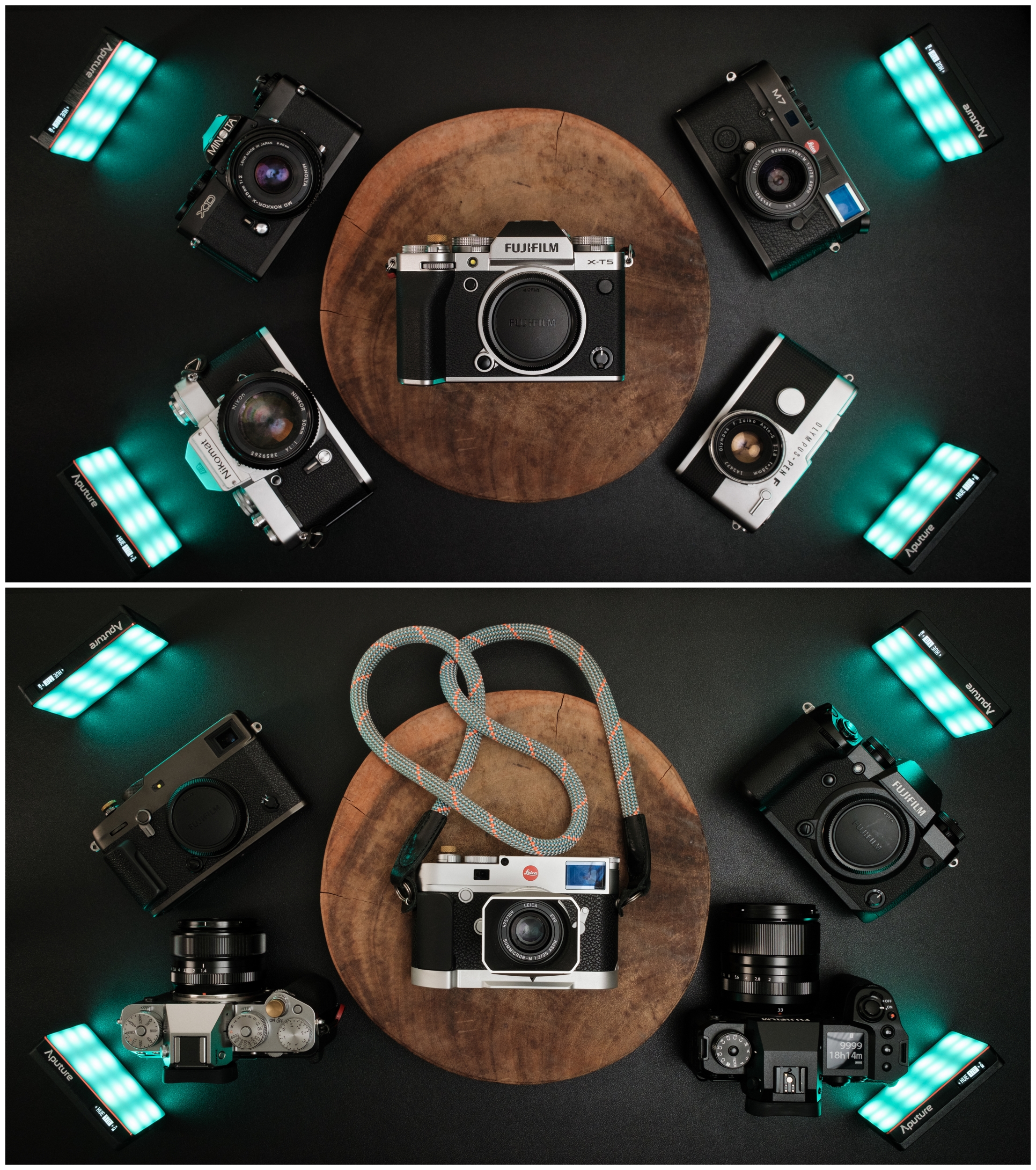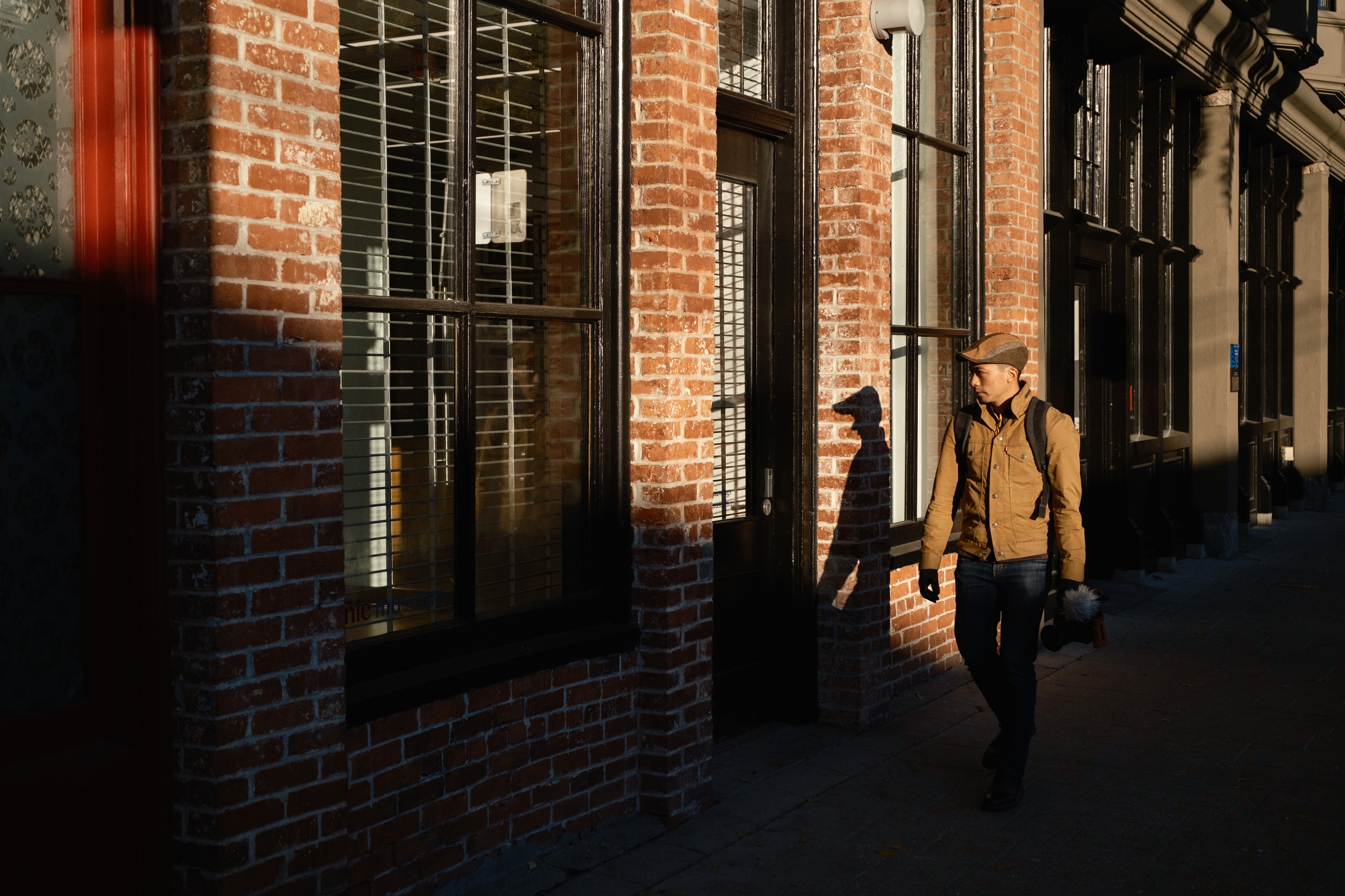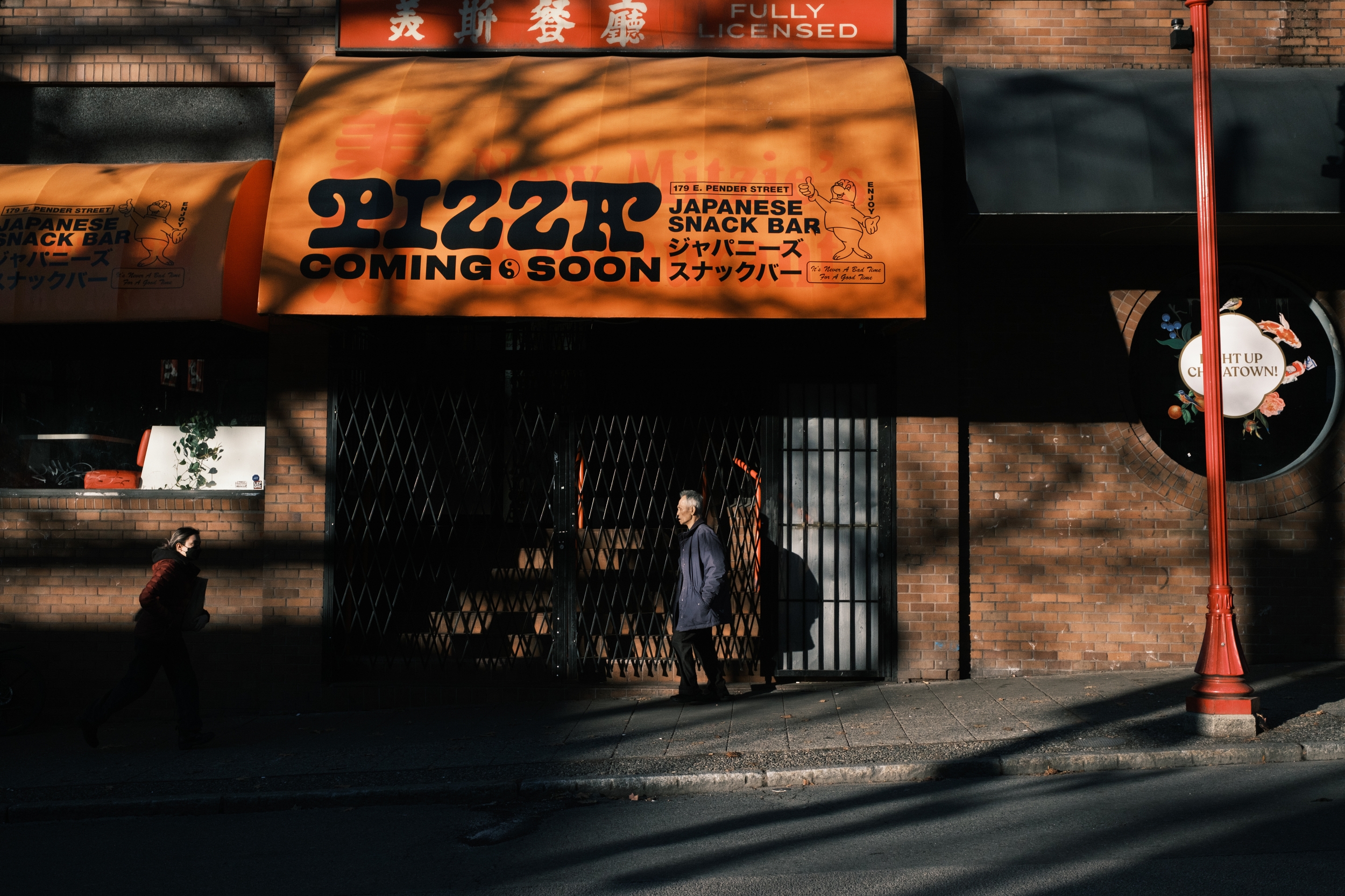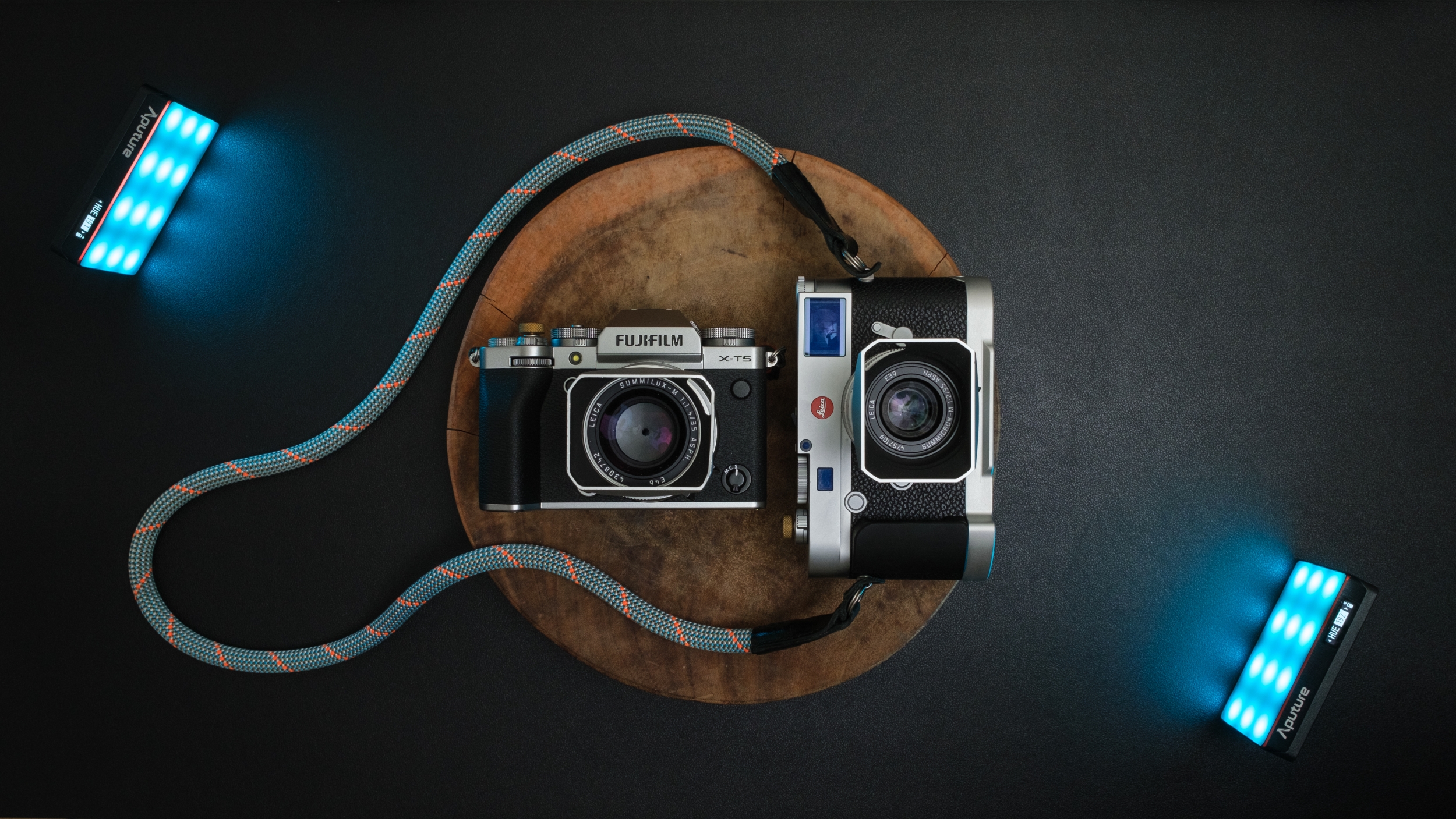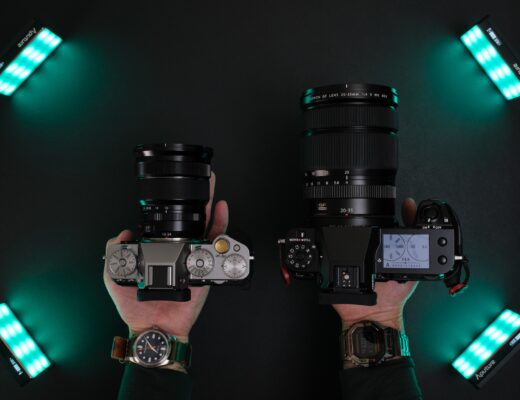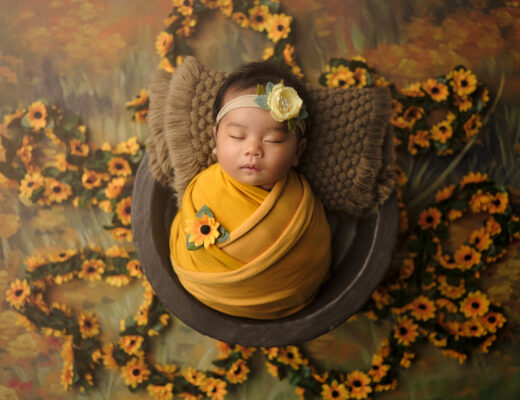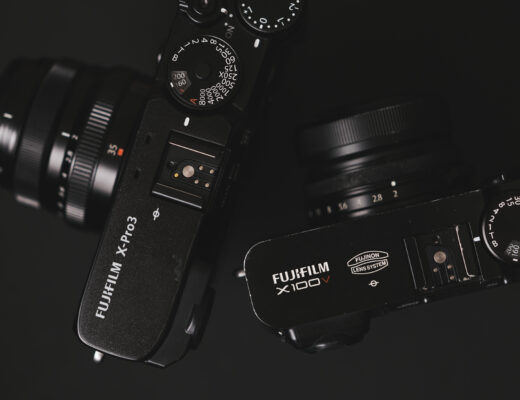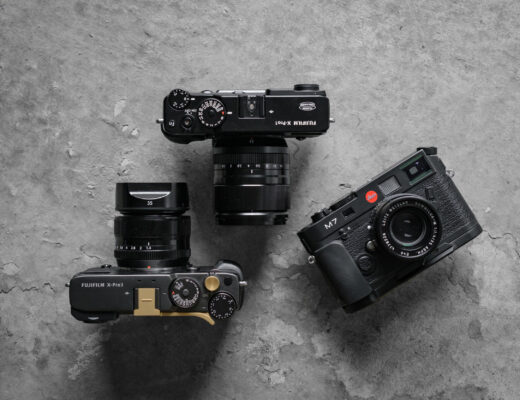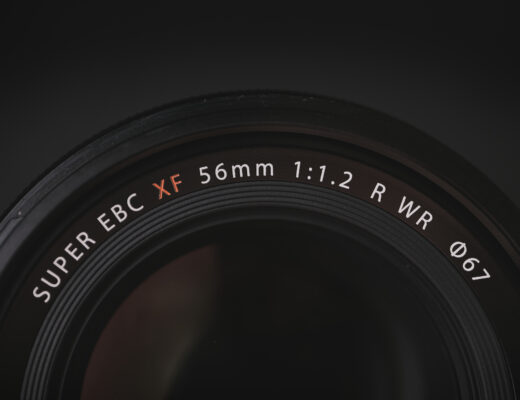In my previous article, I wrote that the X-H2S was my pick for Fujifilm’s ‘Camera of the Year’ for 2022. It’s the most advanced X Series camera ever built and has taken the industry by storm with the new fifth-generation sensor and processor by utilising the stacked sensor technology. The X-H2S is also Fujifilm’s flagship camera and the most expensive X Series camera to date. However, the ‘best’ camera might not necessarily be the ‘right’ camera for everyone. Even though I know the X-H2S is the best fifth-generation camera from Fujifilm, it’s not the best camera for me. My personal pick is the latest X-T5 in silver and here are the reasons why.
The main reason why I prefer the X-T5 over the X-H2S (and X-H2) is the camera design and layout. I admit the X-H series ergonomics is more comfortable and efficient, but I find the interface a bit stale for my taste. It feels like I’m shooting with a Sony or Canon mirrorless camera. I prefer the traditional film SLR top dials on my Fujifilm cameras, including the exposure compensation dial at my thumb. I also prefer the dedicated focus select dial vs a custom button on the new X-H series. The utilitarian slotted strap lugs on the X-H2S and X-H2 don’t work for me, and having no other colour option but black confirms my guess that the X-H series wouldn’t look good in a two-tone colour scheme. If you need a camera to be your workhorse, the X-H2 series is a fantastic camera, as long as you learn how to shoot with the PSAM interface (it isn’t that hard). However, if you shoot for pleasure and want a more tactile interface with dedicated dials, the X-T5 is as good as it gets. In fact, the layout is basically the same as the X-T4.
The next reason why I prefer the X-T5 over the X-H2 series is the return of the infamous three-way articulating screen, missing on an X-Series body since the X-T3. From my conversations with long-time X Series photographers, many of us prefer the centred LCD screen for composition, even when shooting in portrait mode. The fully articulating screen articulates only when it’s opened to the side of the camera, making some compositions more difficult and making the camera twice as wide compared to the more traditional articulating screen. Yes, the fully articulating screen is great for vlogging and selfies (and can also be closed to protect the screen when not in use), but for speed and efficiency, the three-way articulating screen is perfect for photographers. To avoid scratching or damaging the LCD screen, I recommend ordering a tempered glass screen protector.
The final reason why I prefer the X-T5 over the X-H series is the camera aesthetics or the way the camera looks. Sure, the classic SLR design is functional but it’s also pretty to look at. Much like a sleek vintage sports car or a finely crafted mechanical Swiss watch, a well-designed and aesthetically pleasing camera is a pleasure to use and engage with. Do camera aesthetics and design contribute to better photography? Of course it can. It’s not the only contributing factor, but form and function are important when it comes to our tools and devices. A red pair of runners can’t objectively help an athlete run faster or longer, but like any human pursuit, our emotional state can directly enhance or interfere with our activity. Having a camera that we enjoy looking at and shooting with can have an effect on our creative output.
Over the past 30 years, I’ve gained enough experience where I’m able to work around any inherent weakness of any camera, lens, or system. I never look for the best camera system with the most specs and fastest autofocus. If that was my primary concern, I would be shooting with a Sony right now. For me, photography is more than the quantifiable performance of the camera. Photography is more than just a craft; it’s also an art form. My decision to use one tool over another isn’t found exclusively on a spec sheet. I need to hold the tool in my hand and use it to see if it works with my style. I’ve tested every Fujifilm X Series camera and other camera manufacturers as well. I always go with the camera that works for me and my style, not the camera with the most features. My favourite film camera is the Leica M7. It has no autofocus, auto advance or any fancy features other than TTL flash exposure. I’m also reviewing the Leica M10-R, my main camera from my recent trip to Germany. I love shooting with it, even though it has no autofocus, no built-in EVF, or electronic shutter. It’s simple, it’s beautiful and I know how to make it work for me, and not the other way around. Finally, my current favourite Fujifilm camera is the X-Pro3 in Dura Black, even though I own the X-T4 – a more capable camera.
As we move to the fifth generation X Series cameras, not all of us will upgrade to the X-H2S, X-H2, X-T5 or any of the upcoming cameras. Many of you will stick with what you already have because your current kit does everything you need or want out of your photography, and that’s awesome. Myself, as a writer and gear reviewer for FujiLove Magazine, I need to keep up with what is happening within the Fujifilm X Series ecosystem. Having a fifth-generation camera is important to stay current and continue to test new products from a technology perspective. The X-H2S is the most powerful camera that Fujifilm makes and I would argue it’s their best camera. However, the X-T5 in silver is the best fit for me and my photography, including my aesthetic sensibilities. Call me superficial, but I care about how my camera looks to me when I’m using it. No, I don’t need my camera to inspire me to shoot. I always say that inspiration only comes after my dedication to the craft and the discipline to shoot even when I don’t feel like it. However, a well-designed tool helps me to create better art, and for me, the Fujifilm X-T5 is the right tool. Thanks for reading and happy shooting!




